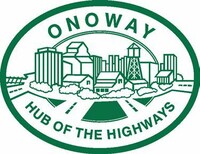Stony Plain- Onoway Nature Tour
Would you like to learn more about the natural history and geology of North Central Alberta?
Take the opportunity to get to know this beautiful region of Alberta by taking a nature tour starting at the Town of Stony Plain and ending at the Town of Onoway or fishing at Salter’s Lake.
This tour will take you through the Glory Hills to Chickakoo Lake, Muir Lake, Kilini Creek Valley, Bilby Natural Area, Imrie Park, Devil’s Lake, the Town of Onoway, and Salter’s Lake.
Head north out of Stony Plain on Highway 779 and turn East on Township Road 540 for 3.2 km to Muir Lake, which is in the Eastern portion of the Glory Hills area.
